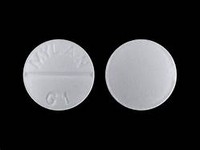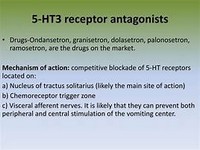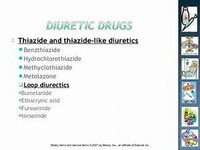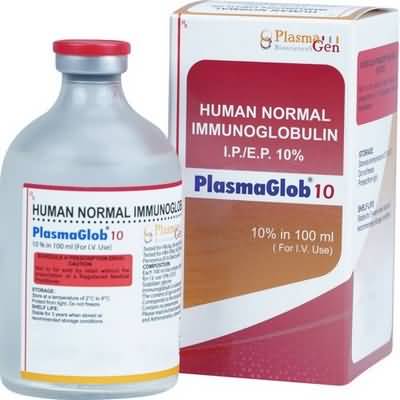nisoldipine

CLINICAL USE
Calcium-channel blocker:Hypertension Angina
DOSE IN NORMAL RENAL FUNCTION
10–40 mg daily (varies, depending on indication)
PHARMACOKINETICS
Molecular weight :388.4 %Protein binding :>99 %Excreted unchanged in urine : <10 : Volume of distribution (L/kg) :2.3–7.1half-life – normal/ESRD (hrs) :7–12/Unchanged DOSE IN RENAL IMPAIRMENT
GFR (mL/MIN)
20 to 50 : Dose as in normal renal function 10 to 20 : Dose as in normal renal function <10 : Dose as in normal renal function DOSE IN PATIENTS UNDERGOING RENAL REPLACEMENT THERAPIES
CAPD :Not dialysed. Dose as in normal renal function HD :Not dialysed. Dose as in normal renal functionHDF/high flux :Not dialysed. Dose as in normal renal functionCAV/VVHD :Not dialysed. Dose as in normal renal function IMPORTANT DRUG INTERACTIONS
Potentially hazardous interactions with other drugs Anaesthetics: enhanced hypotensive effect Antibacterials: metabolism accelerated by rifampicinAnti-epileptics: concentration reduced by phenytoin and possibly carbamazepine, barbiturates and primidone Antifungals: metabolism possibly inhibited by itraconazole and ketoconazole avoid; avoid with fluconazoleAntihypertensives: enhanced hypotensive effect, increased risk of first-dose hypotensive effect of post-synaptic alpha-blockers; occasionally severe hypotension and heart failure with beta-blockersAntivirals: concentration possibly increased by ritonavir Grapefruit juice: concentration increased – avoid concomitant useTheophylline: possibly increased theophylline concentration ADMINISTRATION
Reconstition
– Route
Oral Rate of Administration
–Comments
–
See how to identify renal failure stages according to GFR calculation
See how to diagnose irreversible renal disease
Home









